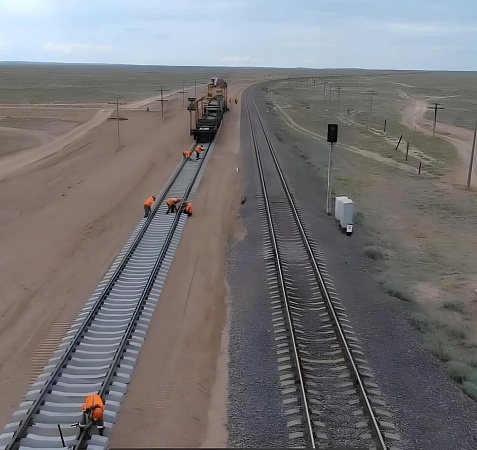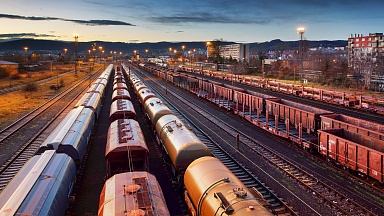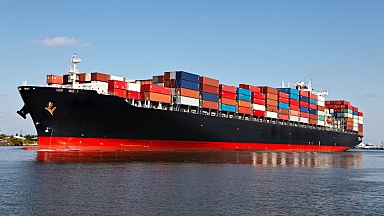Microprocessor centralization (MPC-QZ) integrated with automatic blocking, locomotive signaling and crossing signaling systems was introduced at the Kokdombak, Sarykum and Buyrek stations. The TsAB APSO system was also put into operation, providing reliable traffic control on double-track and single-track lines.
Restoration work has been completed at the Moiynty station: new railway tracks No. 20 and No. 21 with a total length of more than 2 km have been laid, turnouts with electrical centralization have been installed, 99% of excavation work has been completed. In addition, the contact network on a 2.8 km long section has been modernized, which has increased the functionality of the northern park and increased the capacity of the station.
The updated infrastructure allows for significant improvements in the safety and stability of train traffic. Thanks to the implementation of the project, the capacity of the Balkhash-1 — Moiynty section will increase fivefold, which will have a positive impact on freight and passenger transportation.




